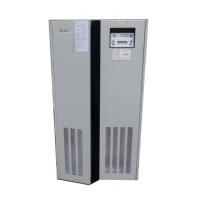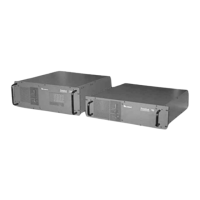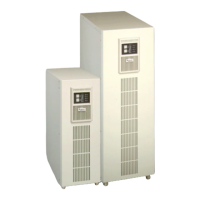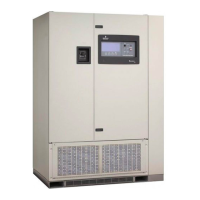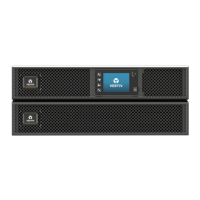What to do if the battery is not available on my Liebert 7200?
- SStephen HowellAug 17, 2025
If the battery is not available for your Liebert UPS, check if the battery circuit breaker is closed and that the DC busbar voltage is above 320V. If the voltage is not above 320V, perform checks as per 1 (mains failure). If the d.c. busbar voltage is greater than 320V but you are unable to close the battery circuit breaker then seek qualified assistance. If the battery circuit breaker trips as soon as mains power is disconnected, check the battery power fuse (F13).
